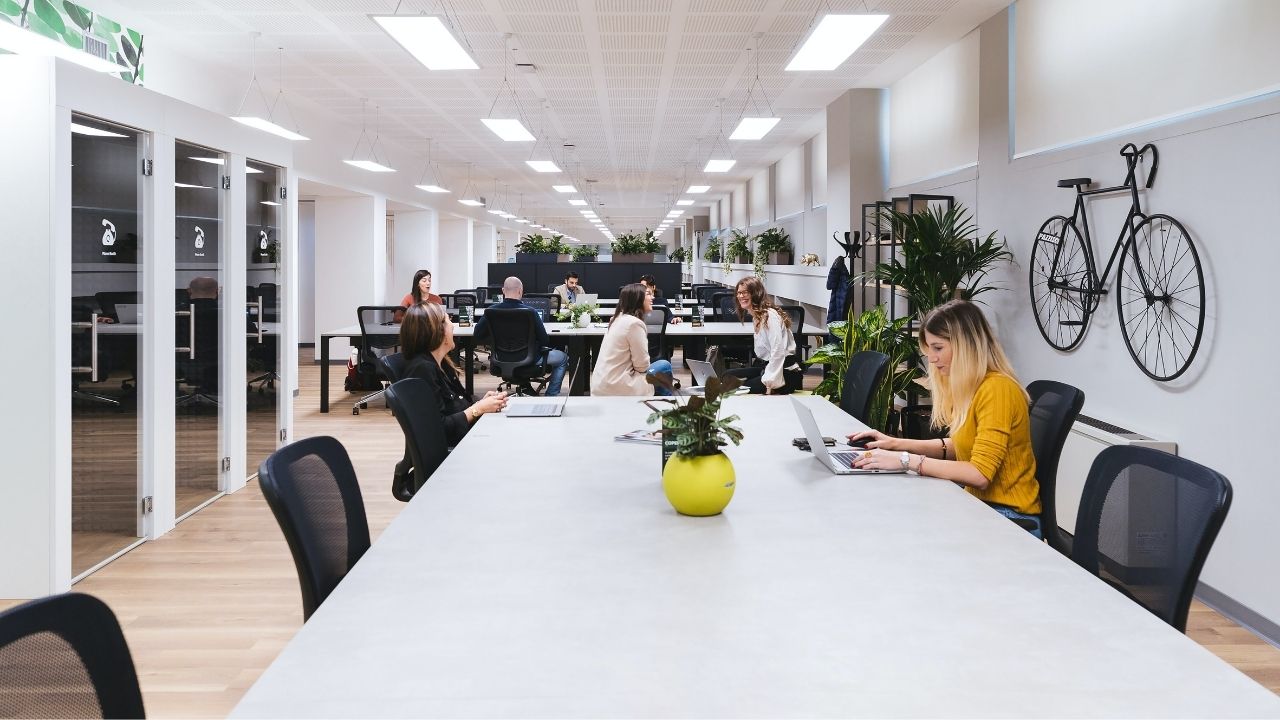A new report from CBRE shows that the US flexible office market has the opportunity to rebound from the pandemic, but challenges are still ahead.
According to the report, 144 flexible office operators reduced their real estate footprint by 12.2 million square feet across 669 properties. Los Angeles, Manhattan, and San Francisco experienced the biggest losses.
“Flexible office space is really becoming an important amenity that many tenants are asking of their landlords when they engage in a building,” said Julie Whelan, global head of occupier research at CBRE.
Despite this decrease, demand for flexible space has grown and landlords are taking note. Although representing just 10% or less of 76% of office tenants’ footprint, the report found that half of these occupiers have plans to expand their flexible space over the next two years.
Operators such as Industrious, IWG, and WeWork are all seeing an uptick in interest and sales. For instance, last year IWG signed over 2 million users, WeWork grew its membership by 24%, and Industrious saw its desk sales grow by 150% during the third quarter.
However, the roadblocks that lay ahead relate to tenants’ inexperience with flexible office space. Most are accustomed to interacting with traditional offices, so identifying the best way to incorporate flexibility may pose challenges.
“Though the flex market has been challenged, it also has proven resilient,” said Whelan. “As we emerge from the upheaval of the last two years, we are certain that the demand for flexible office space is strong and that the end user is becoming more sophisticated. There is nowhere to go but up from here, especially now that providers rightsized their portfolios where necessary during the depths of the pandemic.”


 Dr. Gleb Tsipursky – The Office Whisperer
Dr. Gleb Tsipursky – The Office Whisperer Nirit Cohen – WorkFutures
Nirit Cohen – WorkFutures Angela Howard – Culture Expert
Angela Howard – Culture Expert Drew Jones – Design & Innovation
Drew Jones – Design & Innovation Jonathan Price – CRE & Flex Expert
Jonathan Price – CRE & Flex Expert












